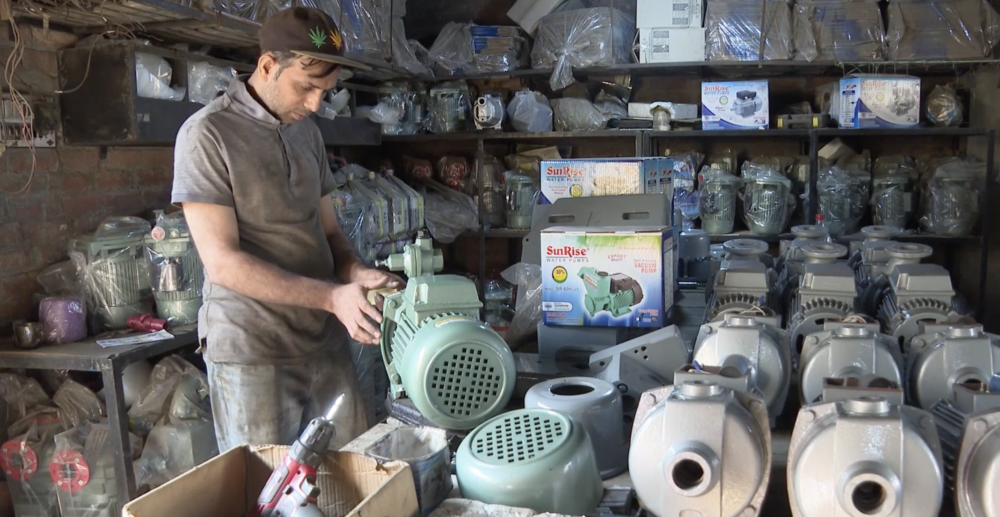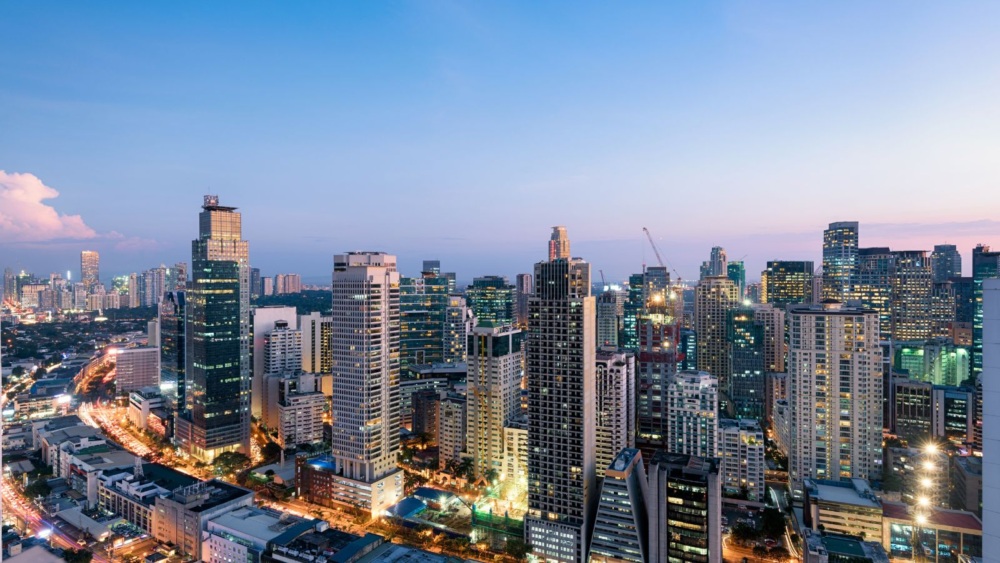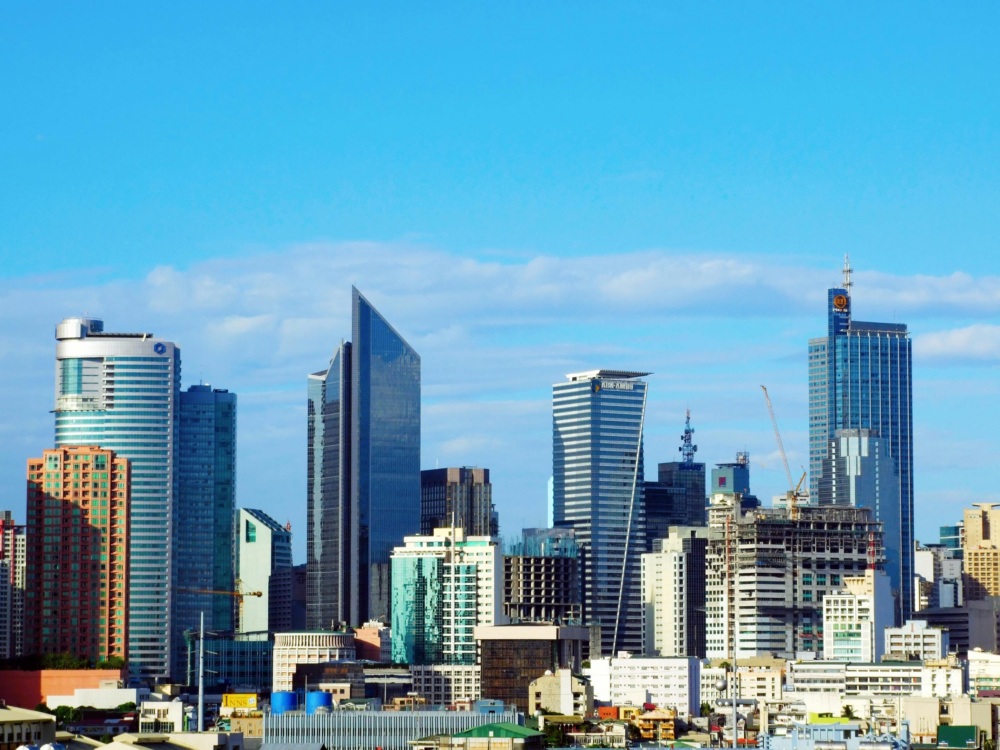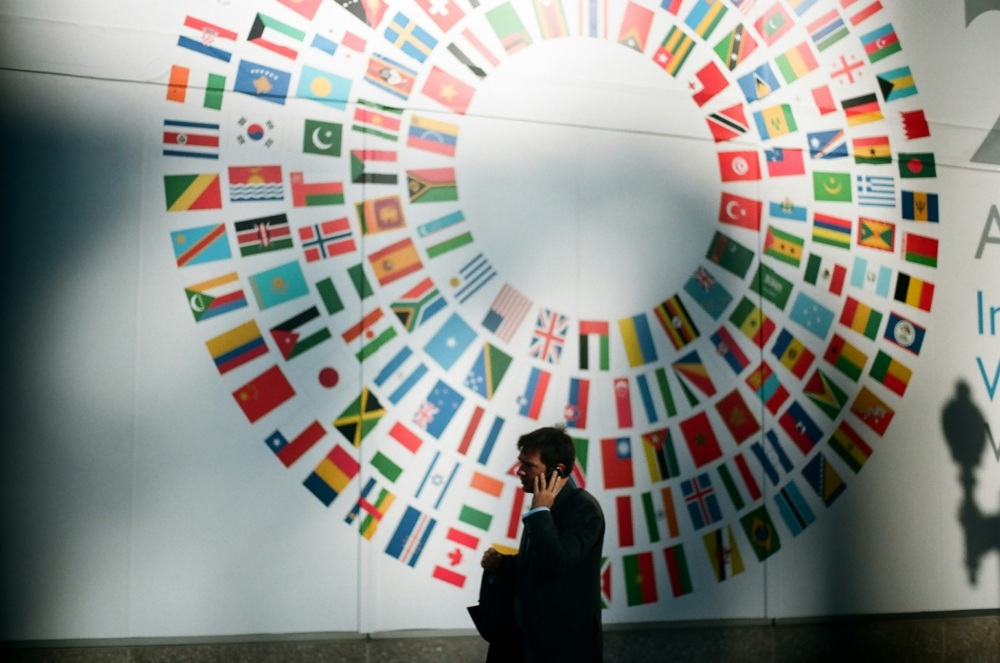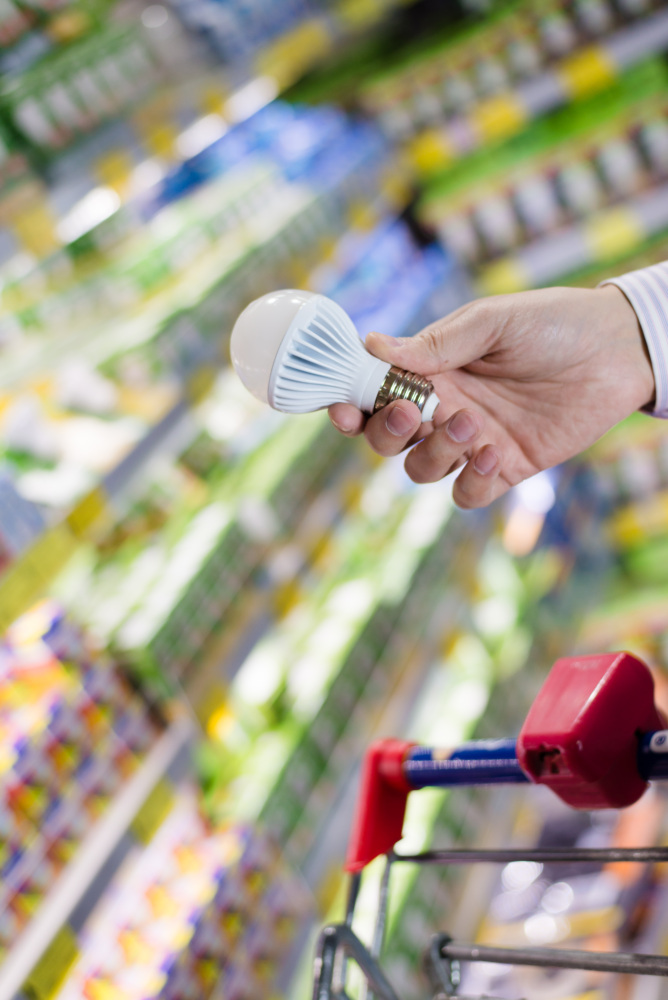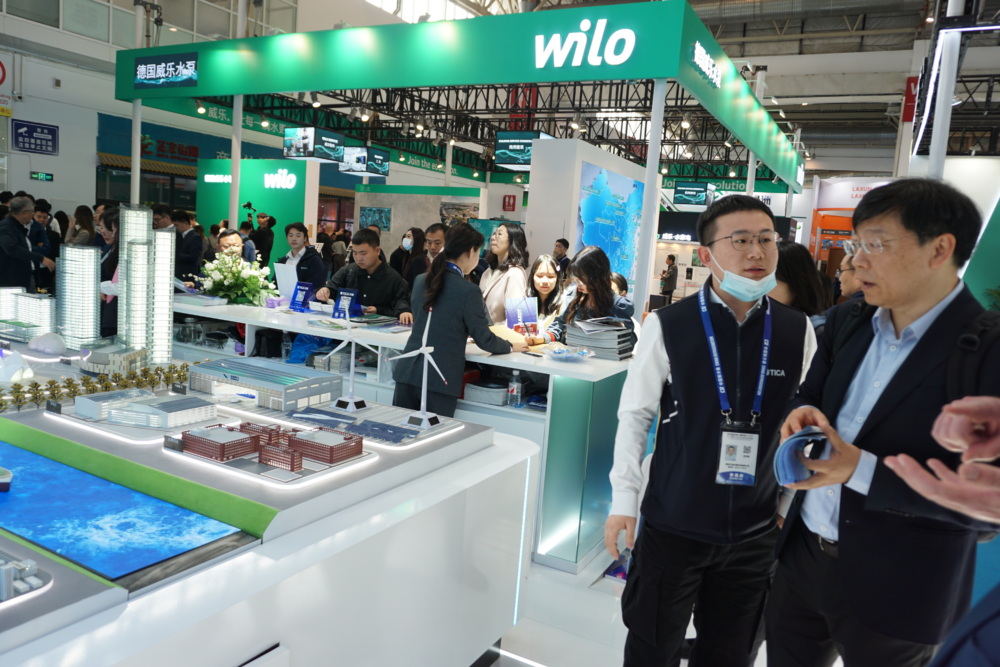Understanding the Mozambique Lighting Market
In Mozambique, CLASP conducted a comprehensive lighting market assessment to help the country transition to more energy-efficient options.
Supporting a transition to cleaner, more energy-efficient lighting
CLASP is working to ensure consumers worldwide have access to high-quality lighting options. Our new market study in Mozambique seeks to better understand the types and quantities of lighting products, efficiency levels, and the economic and environmental benefits of more stringent lighting policies.
“Through the study, we identified interventions that could be adopted in Mozambique to aid the transition to more energy-efficient lighting technologies,” explained Angellah Wekongo of CLASP East Africa. “While all lighting technologies are available in Mozambique, compact fluorescent lamps (CFLs) are popular in the residential sector because of recent government efforts to promote fluorescents as the most energy-efficient option on the market.”
Mercury-containing bulbs dominate Mozambique
In April, CLASP met with stakeholders and collected data on lamps in formal and informal markets in the city of Maputo as well as in the Tete, Zambezia, Manica, and Sofala provinces. We found that electric utility companies are promoting mercury-containing CFLs as energy-efficient alternatives to incandescent lamps. These efforts have driven CFL uptake across the country, but there are concerns about the quality and safety of these lamps.
CFLs in Mozambique are an expensive option—in some instances, CFLS are more costly than energy-efficient LED alternatives—and contain mercury, a harmful neurotoxin that is released into communities when the bulbs break or are improperly disposed of.
“In all stakeholder interviews, we found that consumers opt for CFLs given their widespread support. Packaging will indicate 8,000 hours of lighting, but once at home, the CFL dies after 4 days,” said Ms. Wekongo. “In other instances, people purchase unbranded CFL lamps, and if they complain about CFL quality to the government, it is difficult to trace the lamp origins.”
Incandescent lamps are also widely available due to their low upfront cost despite higher long-term running costs and short lifespan. CLASP’s project partners at EDM estimated that incandescent lamps contribute to almost 40% of lighting in the country.
The challenges of shifting to safe, efficient lighting
Consumer interest is growing in more energy-efficient and mercury-free light-emitting diode bulbs (LEDs). Mozambique has not yet domesticated the regional quality and performance standard that CLASP helped develop through the UNIDO Energy Efficient Lighting and Appliances (EELA) project. The EELA standard bans the sale of CFL and low-efficiency LEDs, shifting markets to 100% high-efficiency LED options.
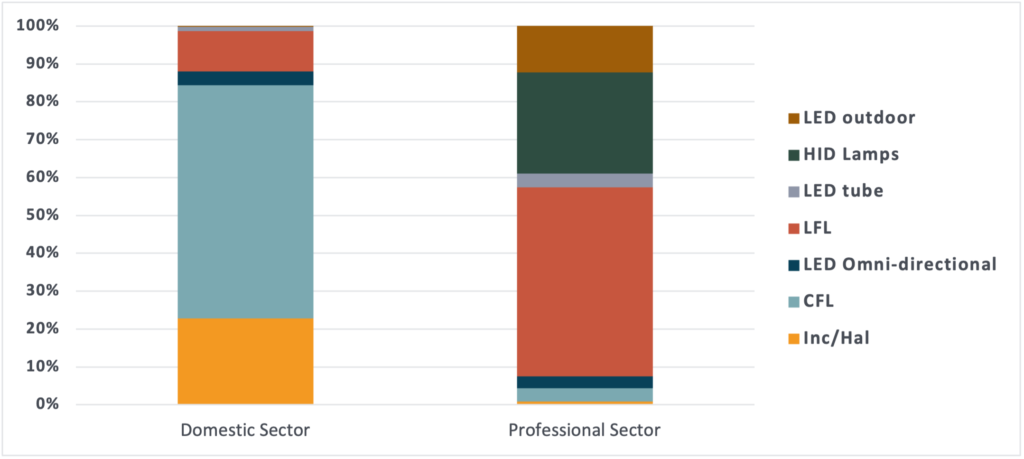
Stakeholder interviews identified the following market barriers that delay or prevent the uptake of more energy-efficient lighting:
- Lighting affordability is a significant factor for low-income households; LED lamps have a higher initial cost than incandescent lamps.
- Market spoilage and circulation of low-quality LED and CFL luminaires and lamps that do not perform as expected and are not durable.
- Absence of a quality and performance regulation and energy label; there is no regulation to prevent the distribution of poor-quality lighting.
- Lack of consumer awareness of the economic and environmental benefits of LEDs.
- No/Minimal customs regulation/inspection of imports into the country contributes to the entry of products of varying quality.
Harmonized efficiency policies benefit suppliers and consumers alike
CLASP strongly recommends that Mozambique adopt EELA’s SADC energy efficiency standards (SADCSTAN HT109:2021), the regionally harmonized lighting minimum energy performance standard.1 If adopted, the policy will lead to cumulative savings of 6,811 GWh/yr between 2023-2050. Additionally, the country will avoid 241,000 Mt of CO2 emissions through 2030 and 970,000 Mt through 2050.
Harmonized policies reduce trade barriers for suppliers and lower costs for testing and compliance certification reporting. In turn, consumers pay lower prices and have a higher quality set of product choices.
Stay tuned for the upcoming report.

